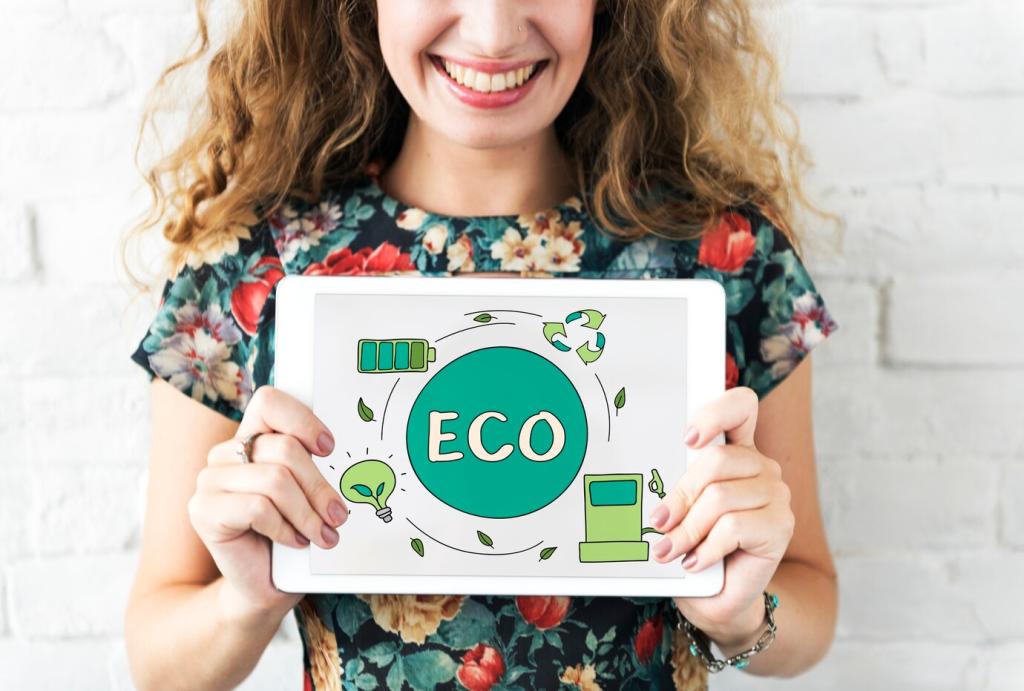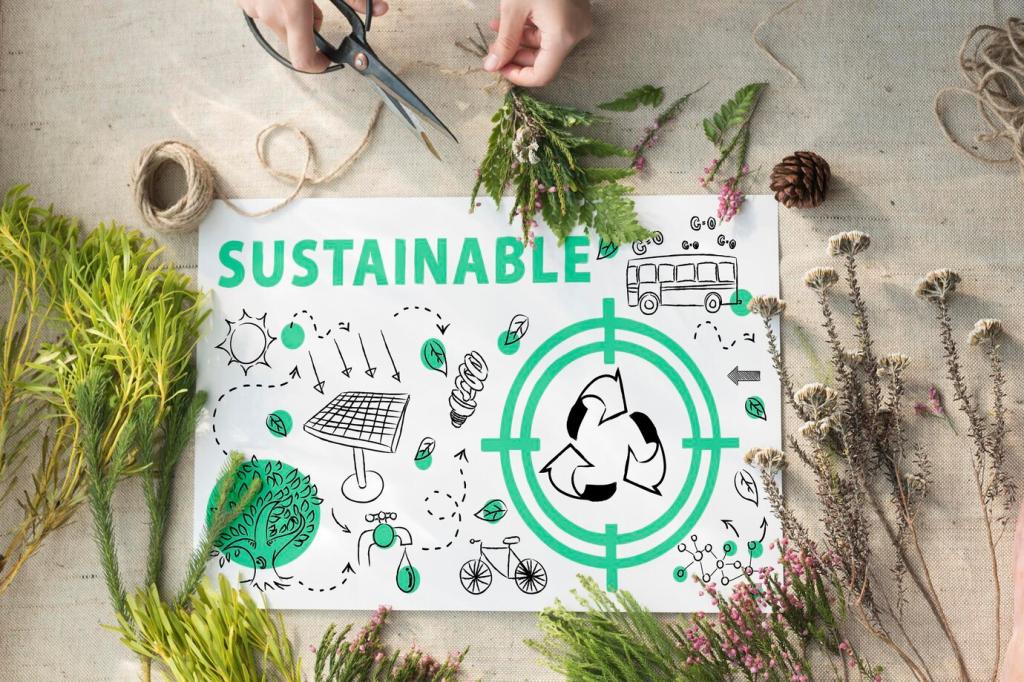Sustainable SEO That Educates
Go beyond high volume. Target queries like “how to verify compostable packaging” or “repair vs replace carbon impact.” Build long-form answers with citations, then ask readers what else they want clarified in the next update.
Sustainable SEO That Educates
Demonstrate experience, expertise, author transparency, and trustworthy sourcing. Cite standards like GOTS, FSC, or B Corp. Add methodologies and dates. Invite knowledgeable readers to suggest peer-reviewed sources you should include.










